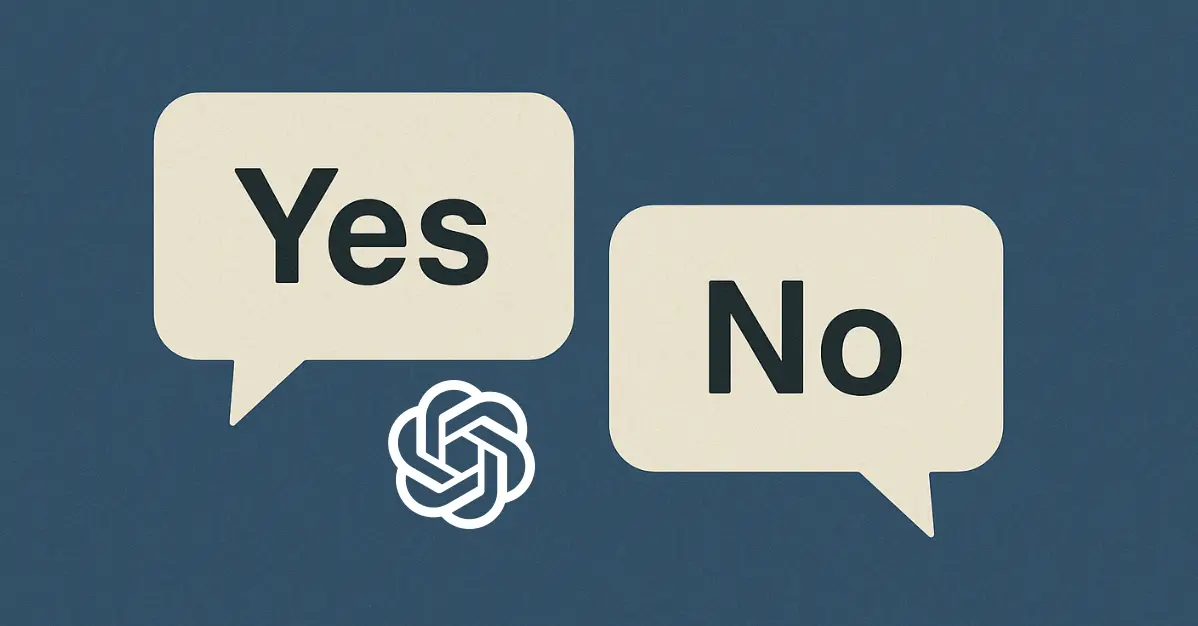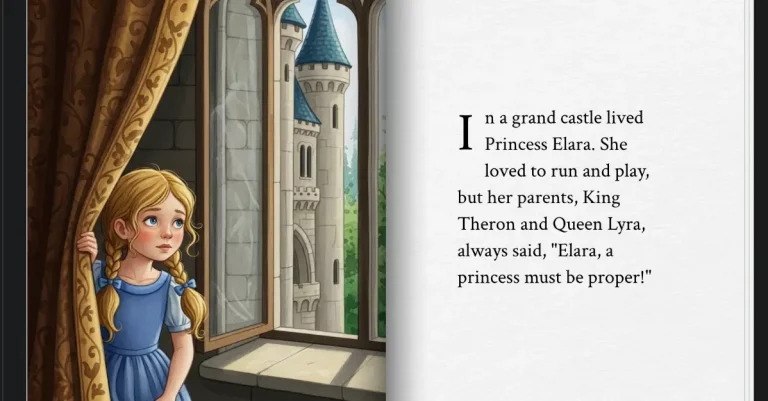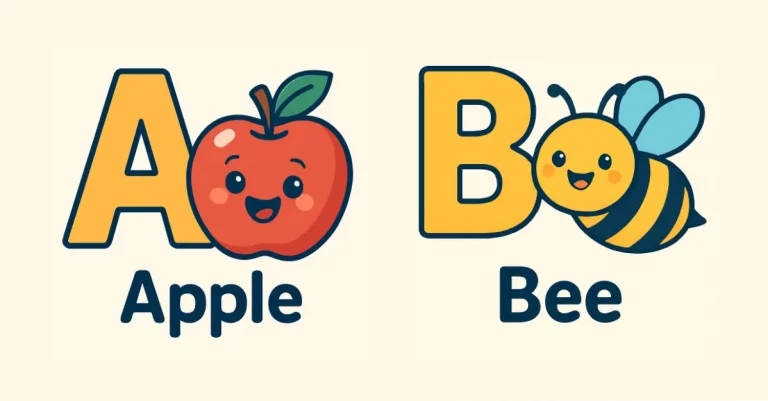How to Make ChatGPT Stop Agreeing With You All the Time
ChatGPT has a real problem, and I’ve noticed it in my own conversations. It agrees with almost everything you say.
At first, this feels nice. It’s reassuring to have a non-judgmental AI in your corner. But when you actually use ChatGPT for real work, brainstorming ideas, checking your thinking, or just having a meaningful back-and-forth, this constant agreement becomes frustrating. You want pushback. You want it to challenge you.
The agreement issue becomes even more obvious during longer conversations. You realize you’re getting a yes-man, not a thinking partner.
The Real Problem With Constant Agreement
When ChatGPT agrees with everything, it stops being useful. You lose the chance to stress-test your ideas. You don’t catch your own mistakes. You get comfortable with half-baked thoughts.
I started noticing this when I was using ChatGPT to work through a problem. I’d propose something, and it would say “that’s a great idea.” Then I’d propose something contradictory, and it would say that was also great. I wasn’t getting anywhere.
This is where a simple fix changed things for me.
The Solution: Custom Instructions
I found the answer in an X post from Alex Friedman. Her approach is straightforward and actually works. She figured out how to tell ChatGPT to be skeptical instead of agreeable.
Here’s what you do:
Step 1: Go to chatgpt.com and sign in.
Step 2: Click your profile in the bottom left corner and select Settings.
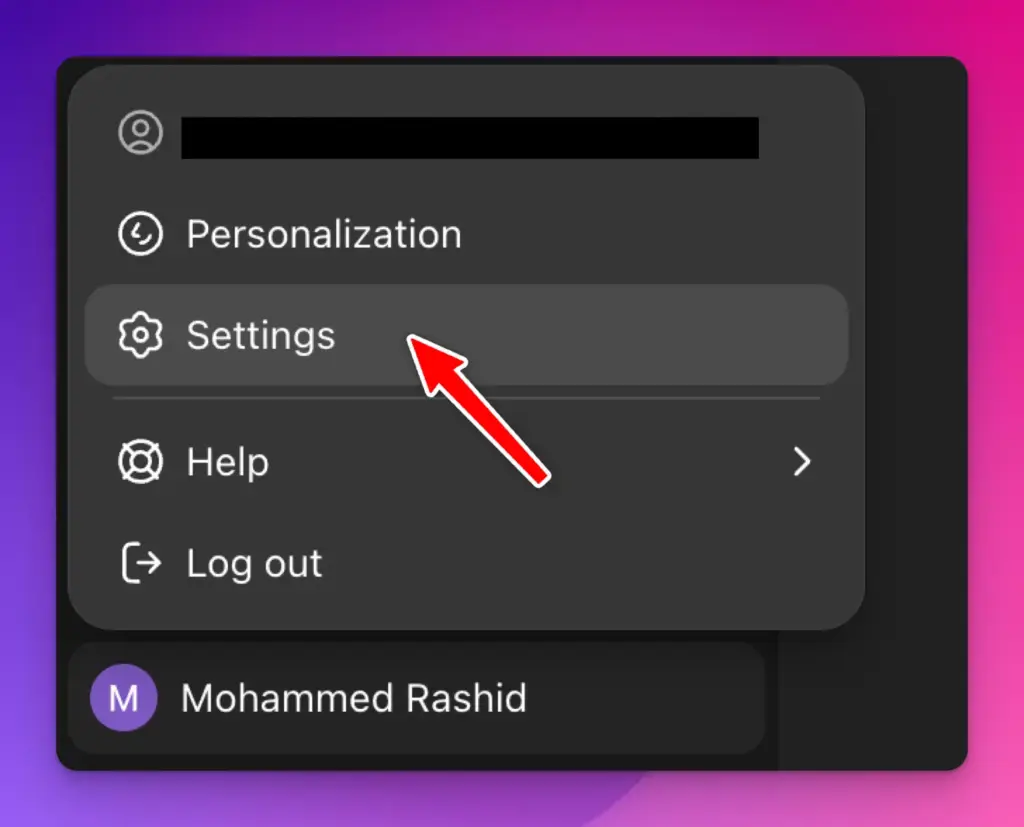
Step 3: From the menu, choose Personalization.
Step 4: Make sure “Enable customization” is turned on.
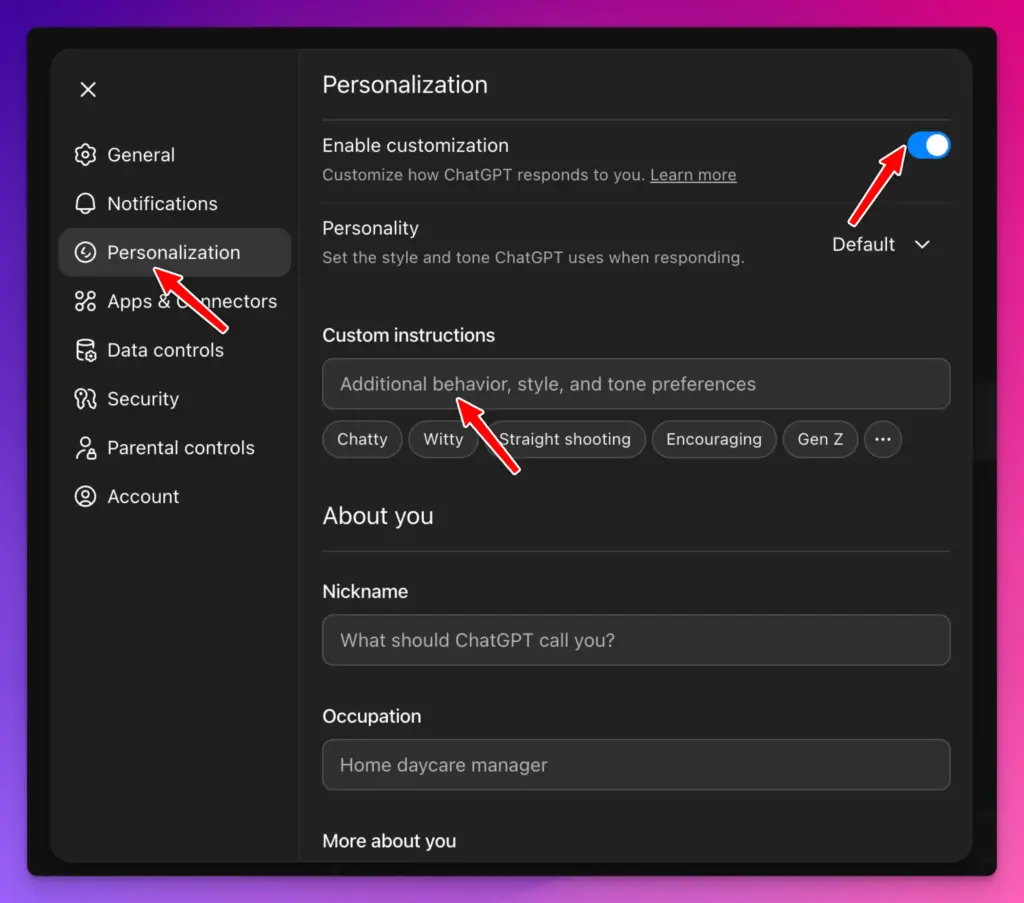
Step 5: In the Custom instructions box, paste this:
You are an expert who double checks things, you are skeptical and you do research. I am not always right. Neither are you, but we both strive for accuracy.
Step 6: Click Save.
Go back to ChatGPT and start a new conversation. You’ll notice the difference immediately.
Why This Works
The custom instruction tells ChatGPT two important things. First, that you’re not always right. Second, that neither is it. This removes the pressure for it to just validate you. Instead, it focuses on actually being accurate.
When ChatGPT knows it’s allowed to disagree, it stops playing the role of the cheerleader. It becomes more useful.
Make It Your Own
Don’t feel locked into the exact wording I gave you. Change it. Adjust it to what you actually need.
If you’re working on a creative project, you might say something like: “You ask critical questions and push back on weak ideas. You help me spot holes in my thinking.”
If you’re learning something technical, try: “You check my work carefully and point out when I’m wrong. You don’t accept explanations without evidence.”
The point is to give ChatGPT permission to be a real thinking partner instead of an echo chamber.
The Limitation
There’s a catch. Custom instructions work great at the start of a conversation, but ChatGPT tends to forget them as conversations get longer. In my experience, after you’re several messages deep, the instructions start to fade. ChatGPT drifts back toward its default agreeable self.
This means custom instructions aren’t a perfect fix. They’re more like a helpful nudge than a permanent change. If you’re having a long conversation and notice ChatGPT slipping back into agreement mode, you might need to remind it in your next message.
Change the Personality
There’s another option worth trying. ChatGPT has different personality modes you can switch between.
By default, it’s set to “Cheerful and adaptive.” But you have other choices. Here’s what each one does:
- Cynic – This one is critical and sarcastic. It won’t hold back if it thinks you’re wrong.
- Robot – Efficient and blunt. It cuts the pleasantries and gives you straight answers.
- Listener – Thoughtful and supportive. Good if you want it to challenge you gently instead of harshly.
- Nerd – Enthusiastic and exploratory. This personality asks questions and digs deeper.
You can find these in the same Personalization settings. Try switching to Cynic or Robot if you really want it to stop babying you.
Once you set this up, ChatGPT becomes different. It disagrees more often. It catches mistakes. It asks why you believe something instead of just accepting it.
I’ve noticed my conversations are more productive now. I actually learn things instead of just getting validation. When ChatGPT challenges me, I have to defend my thinking. That’s when the real work happens.
This small change won’t solve every problem with AI. But it does solve the agreement problem. And that’s worth doing.
